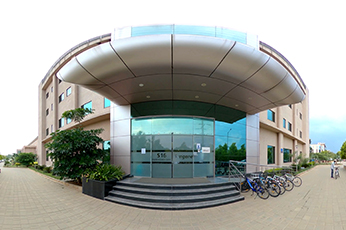Syngene’s Heptox platform is a validated system that integrates in vitro and in silico methods for prediction of in vivo drug-induced liver injury (DILI). Our patented liver model uses a set of specific in vitro assays with a computational model of the liver to predict the three major types of DILI namely necrosis, cholestasis, and steatosis, in both rat and human models. The platform provides qualitative and mechanistic insights to predict both acute and chronic toxicities in a dose and time- dependent manner. Our platform has been validated with over 80 paradigm compounds and six pharma partners. The model includes over 200 coupled differential equations that simulate normal liver homeostasis with regard to cellular energy, antioxidants, fatty acids, bile salt, and bilirubin metabolism.
Key advantages of using our virtual liver model
- Accounting for drug exposure: Since the platform uses in vitro assays to provide inputs to the simulation, it allows us to efficiently understand the impact of drug biotransformation on liver biology. Moreover, we can use drug PK information to predict in vivo drug exposure
- Idiosyncratic toxicity: In addition to acute and chronic toxicity, our platform is equipped for idiosyncratic toxicity simulation which may not be commonly observed in safety studies
- Ability to handle toxicogenomic data: Clients can use their toxicogenomic data to identify potential modes of toxicity and generate actionable hypotheses for further exploration.
- Modular business model: The platform can be tailored to answer specific questions clients may have pertaining to DILI subtype allowing for flexibility in the services offered.



